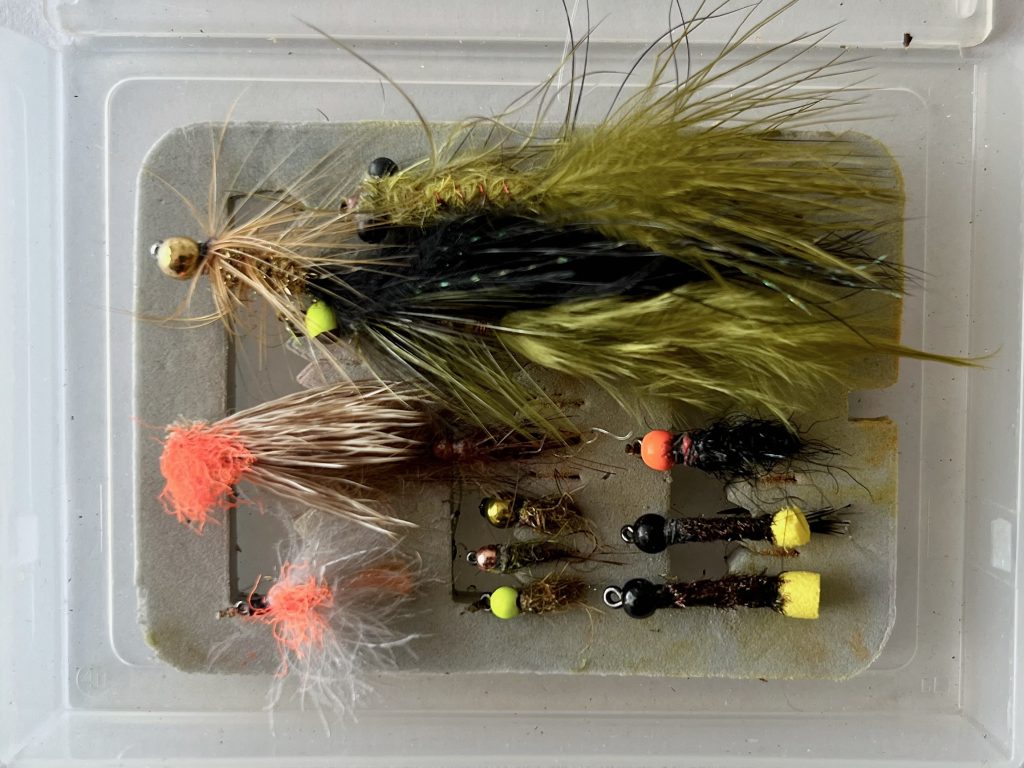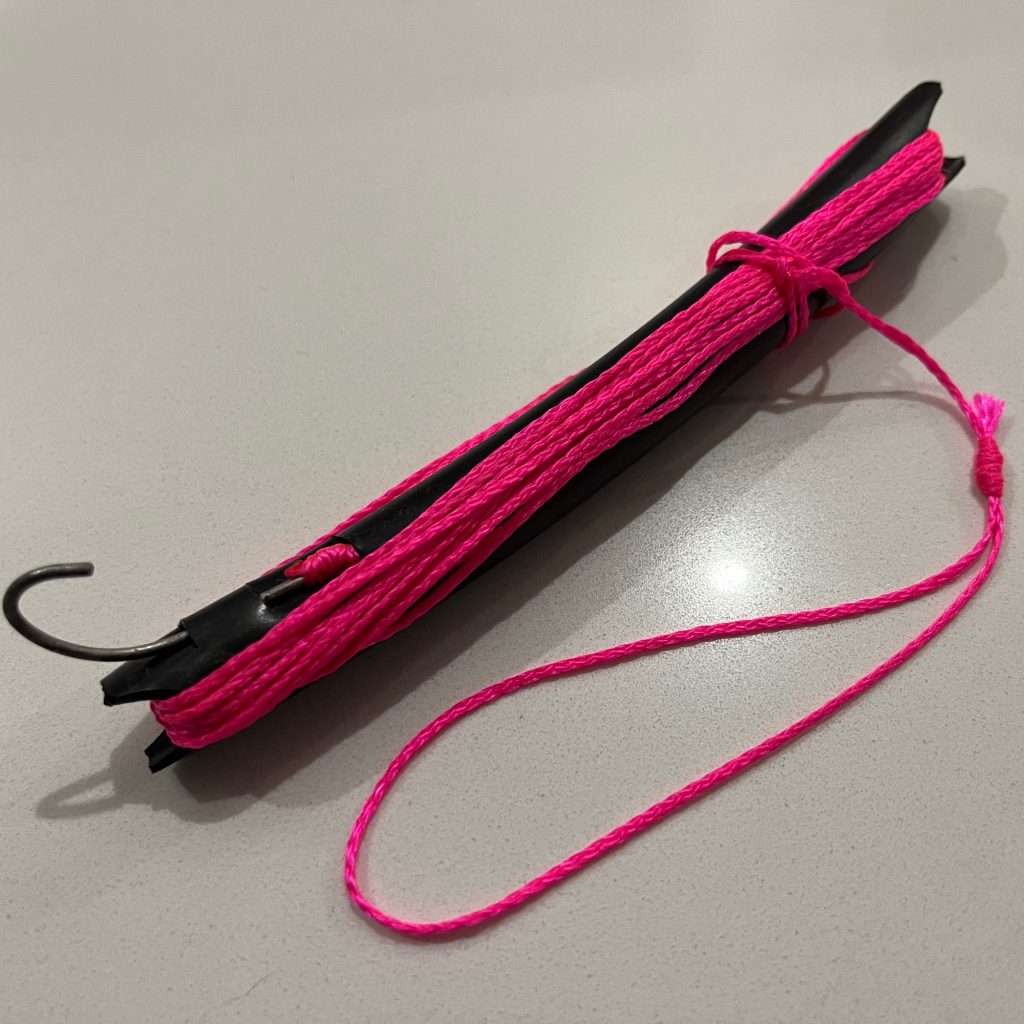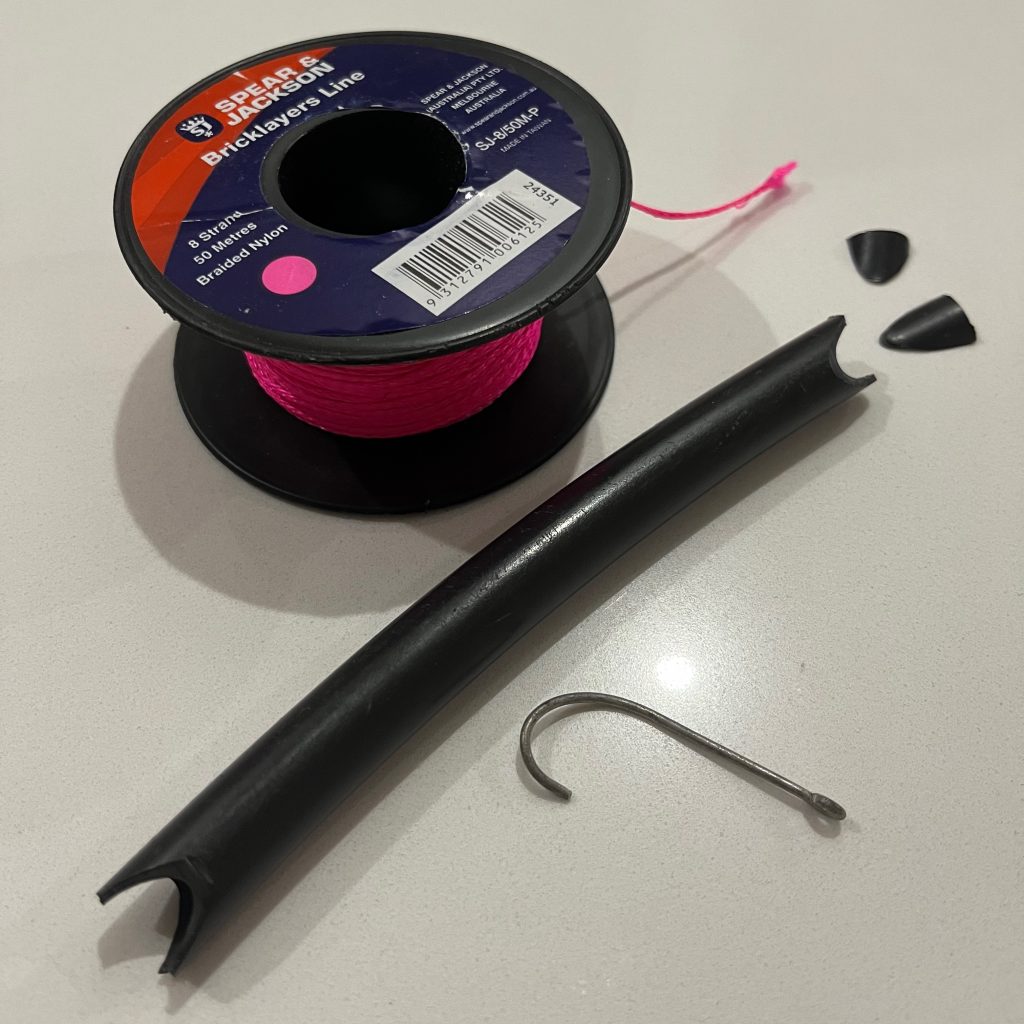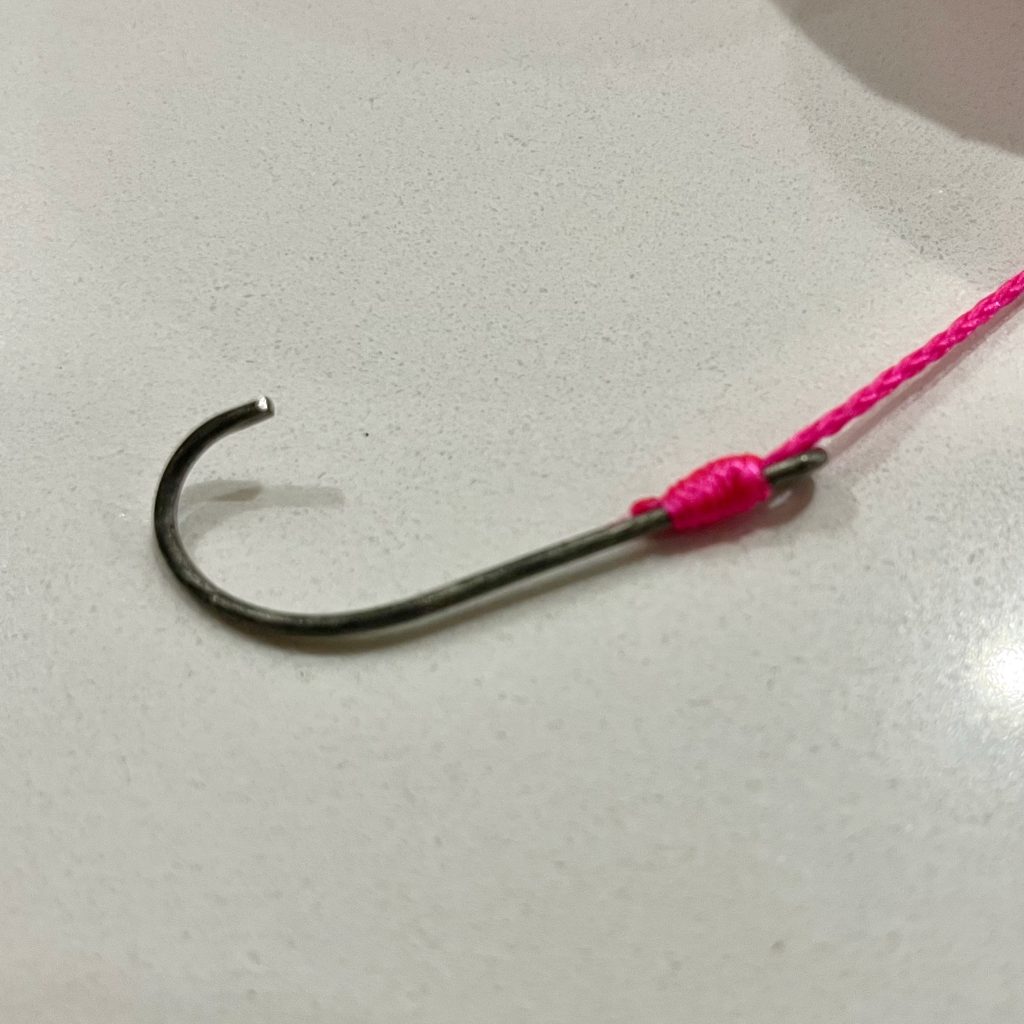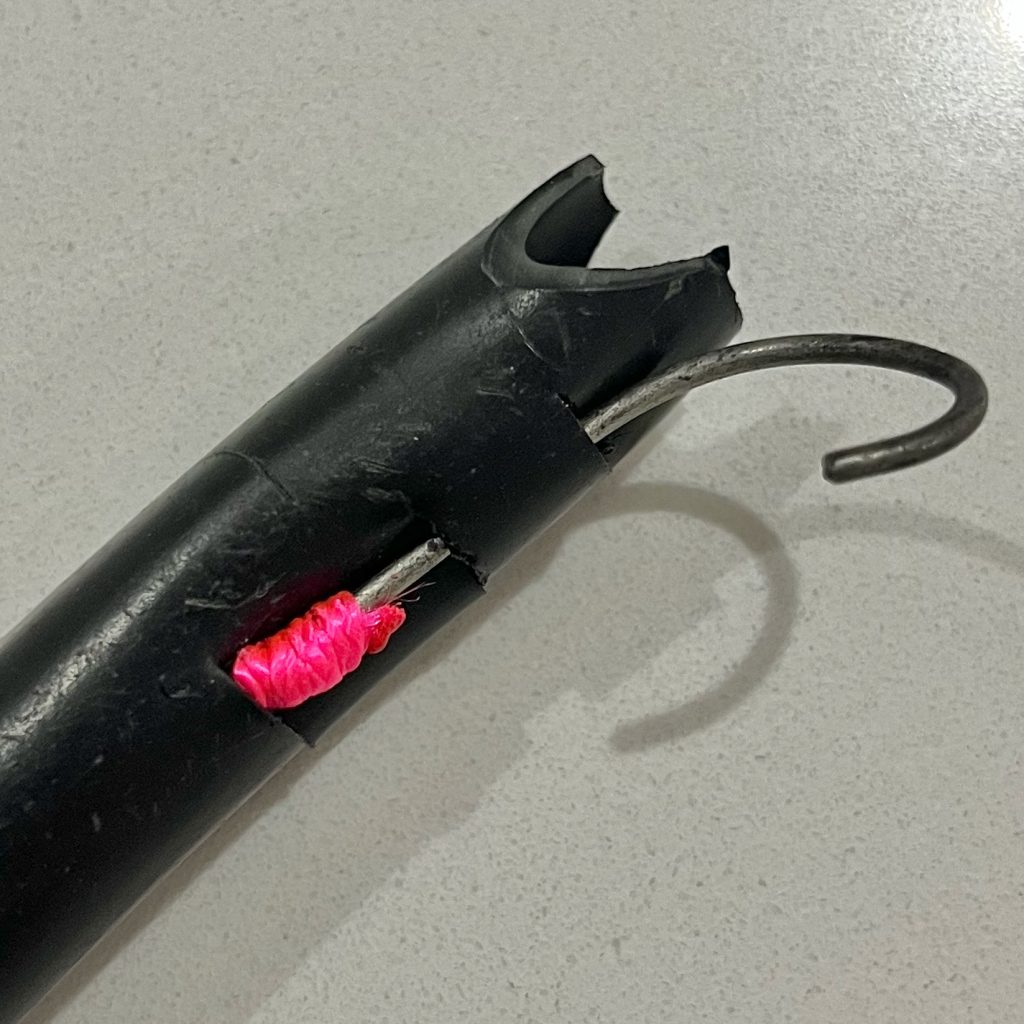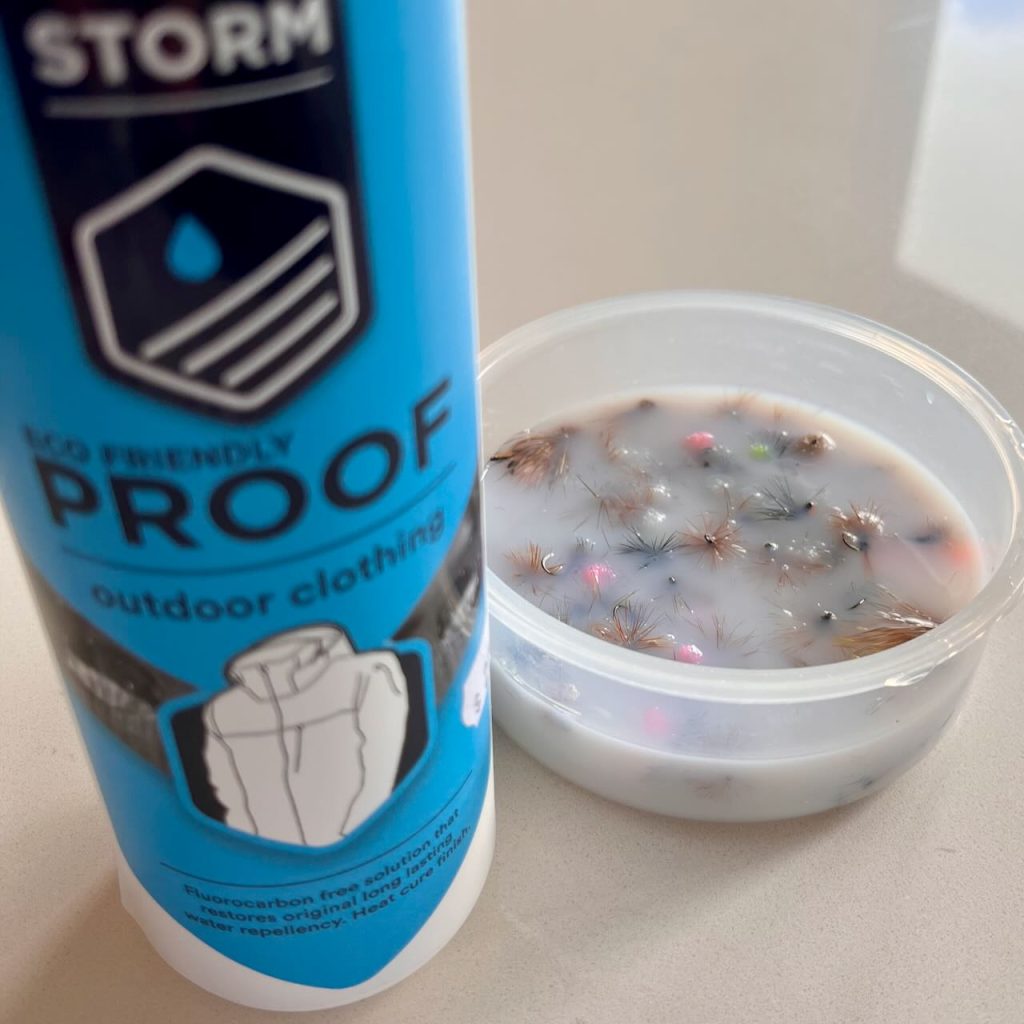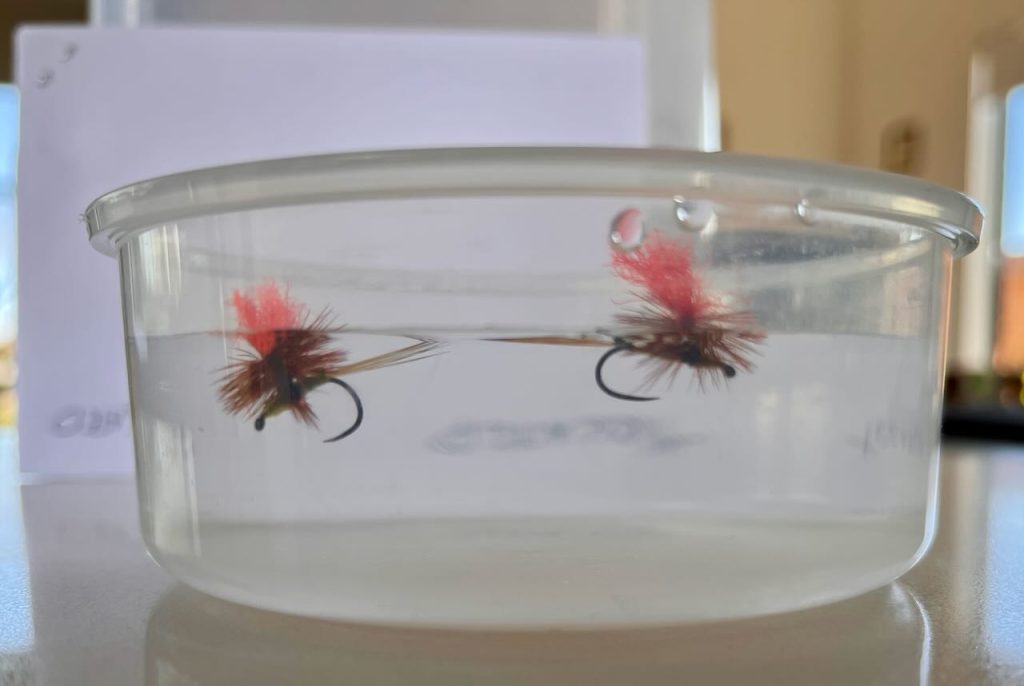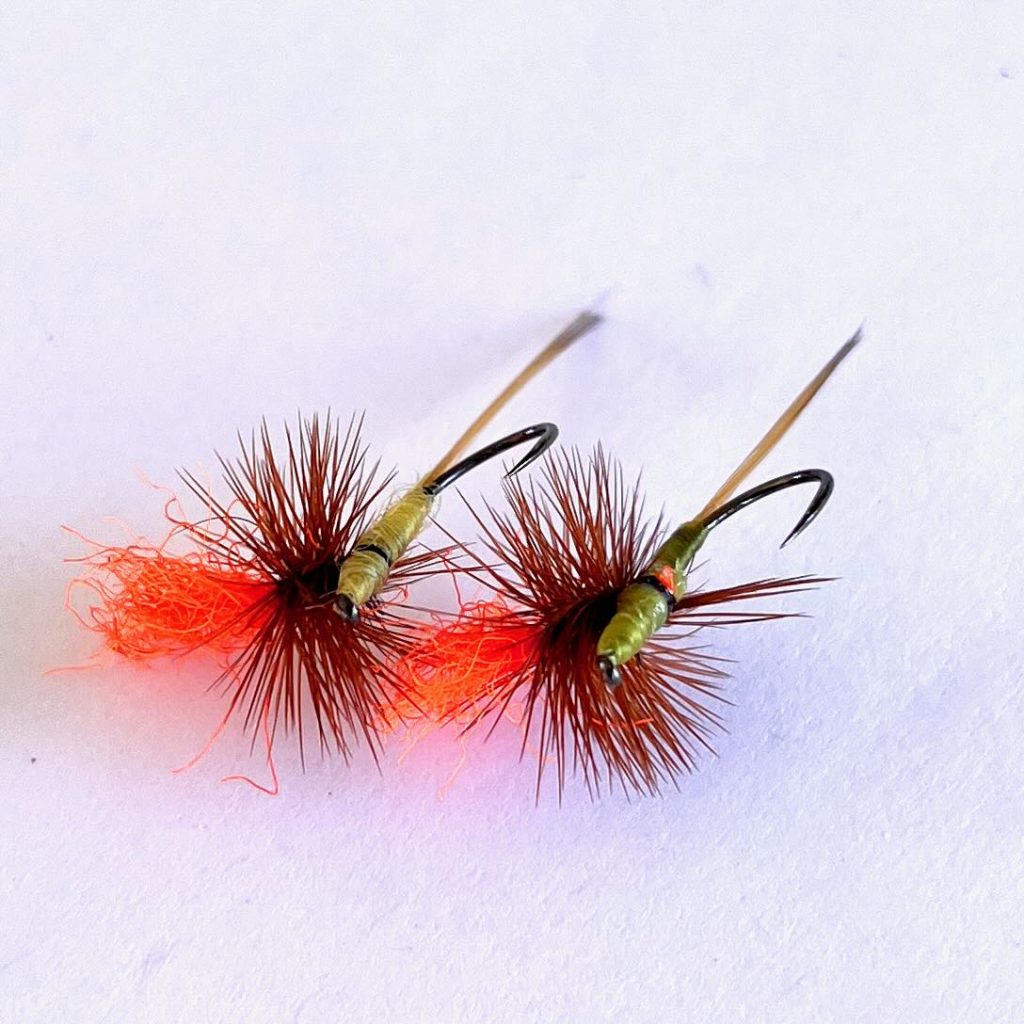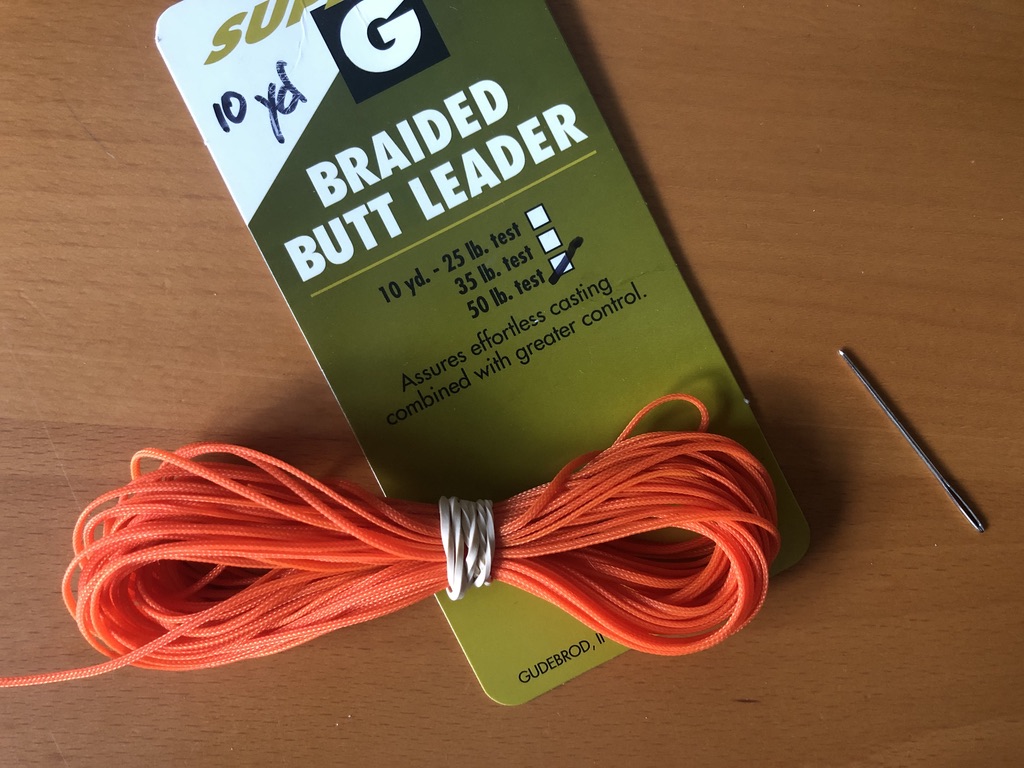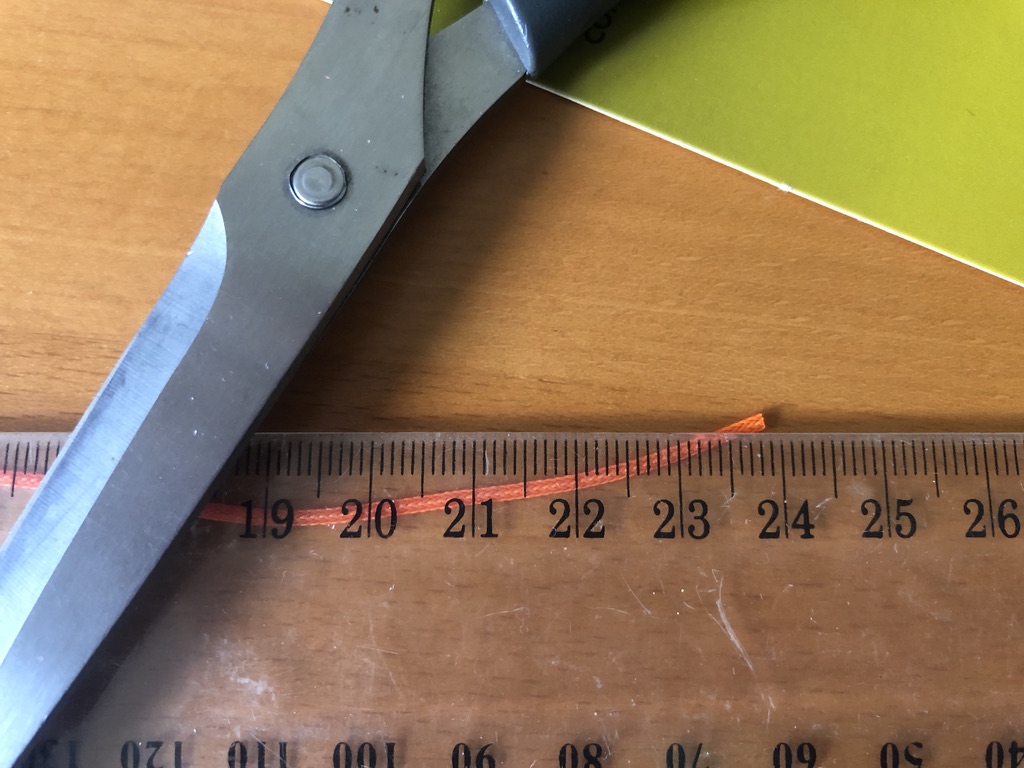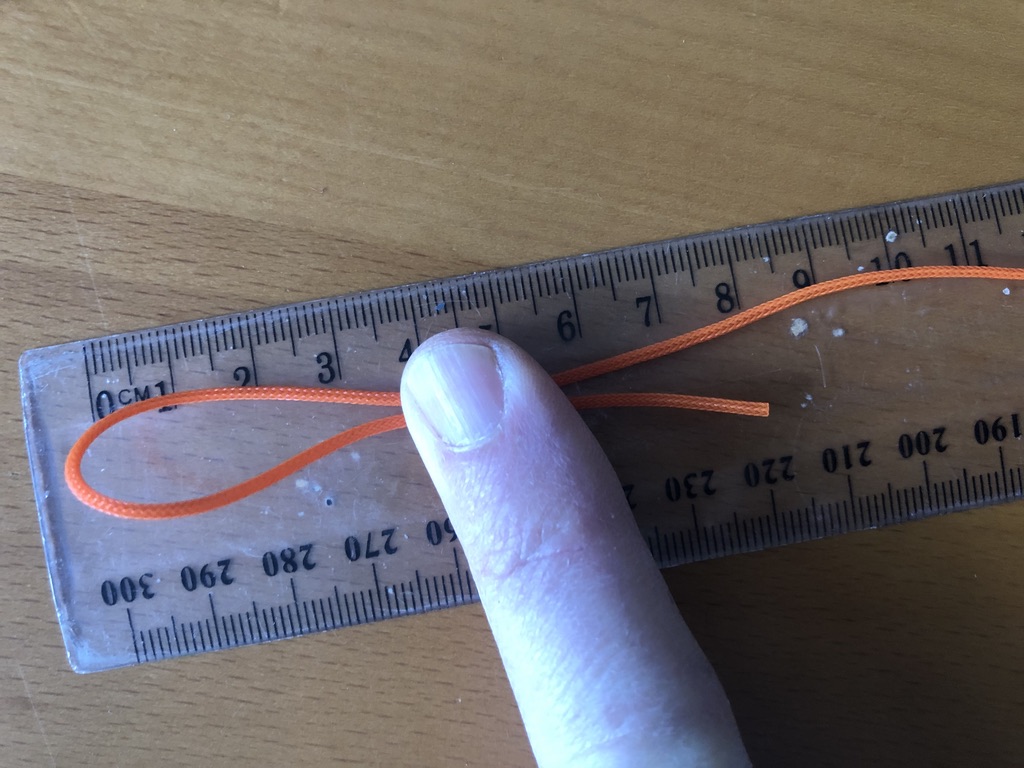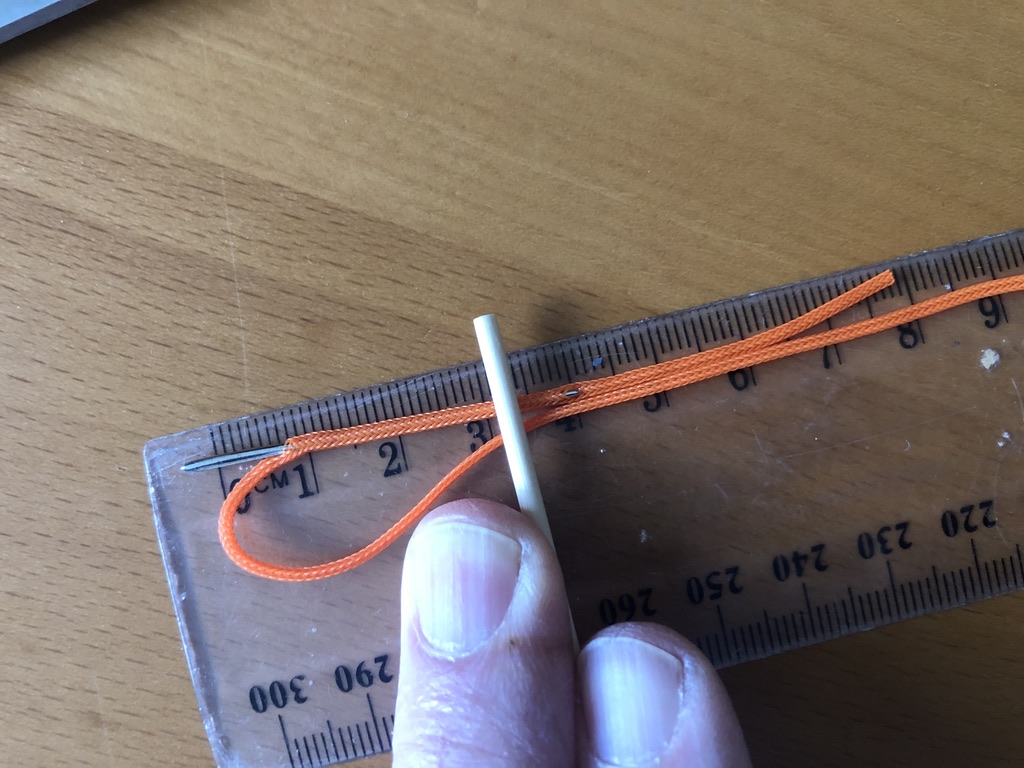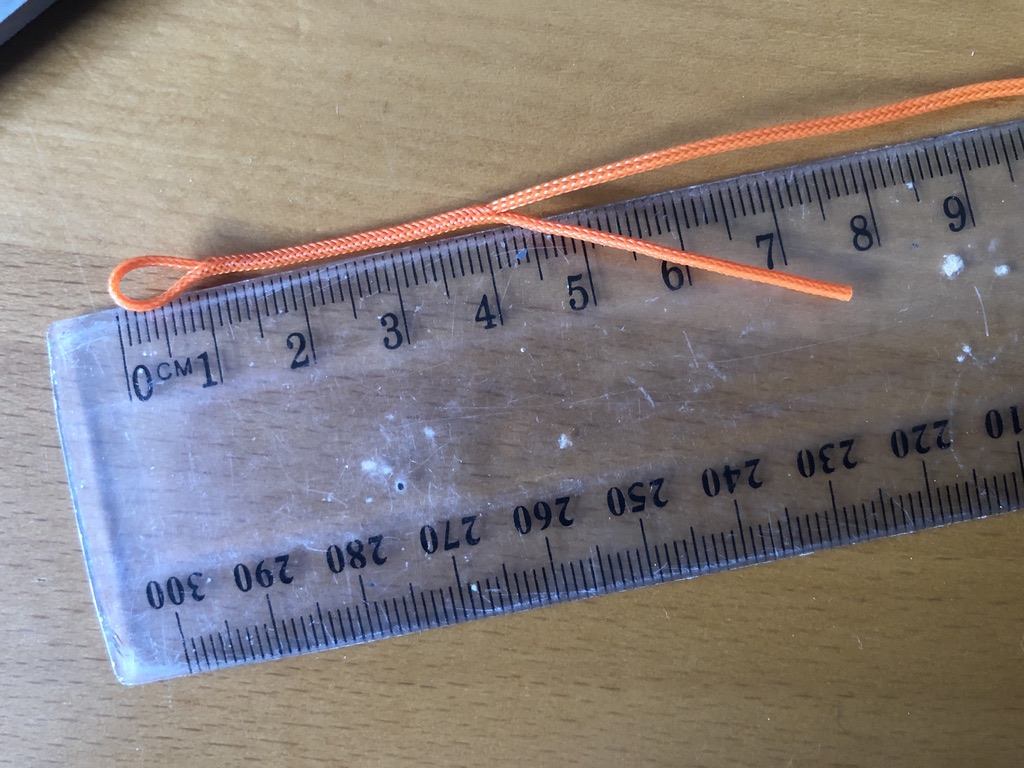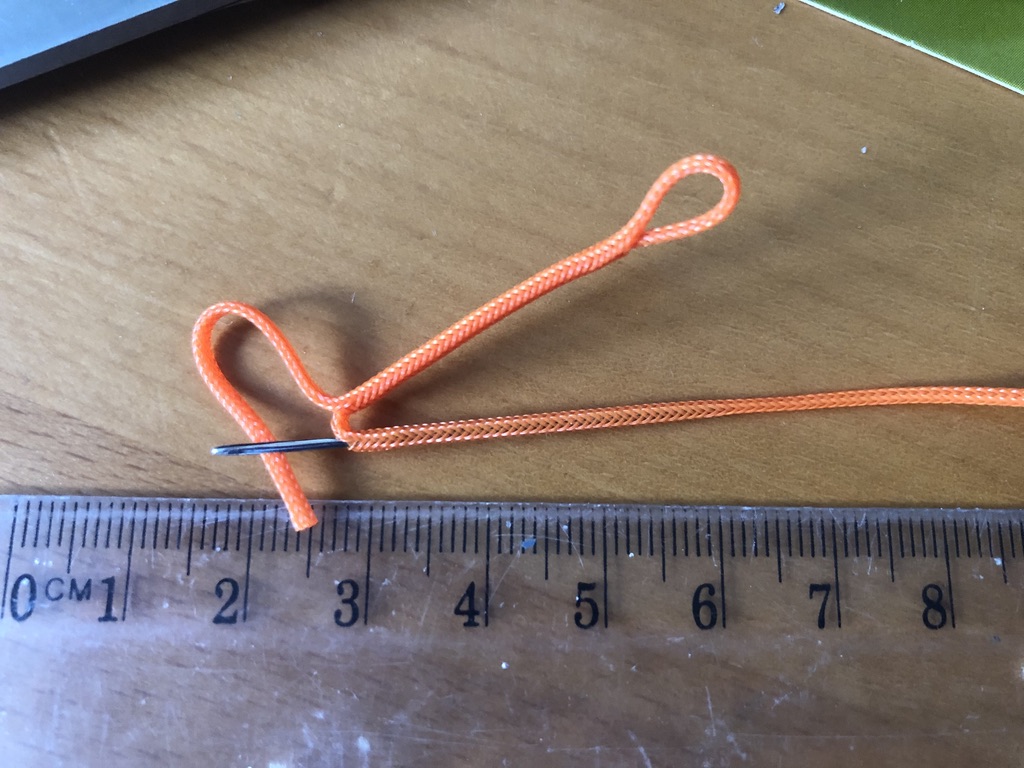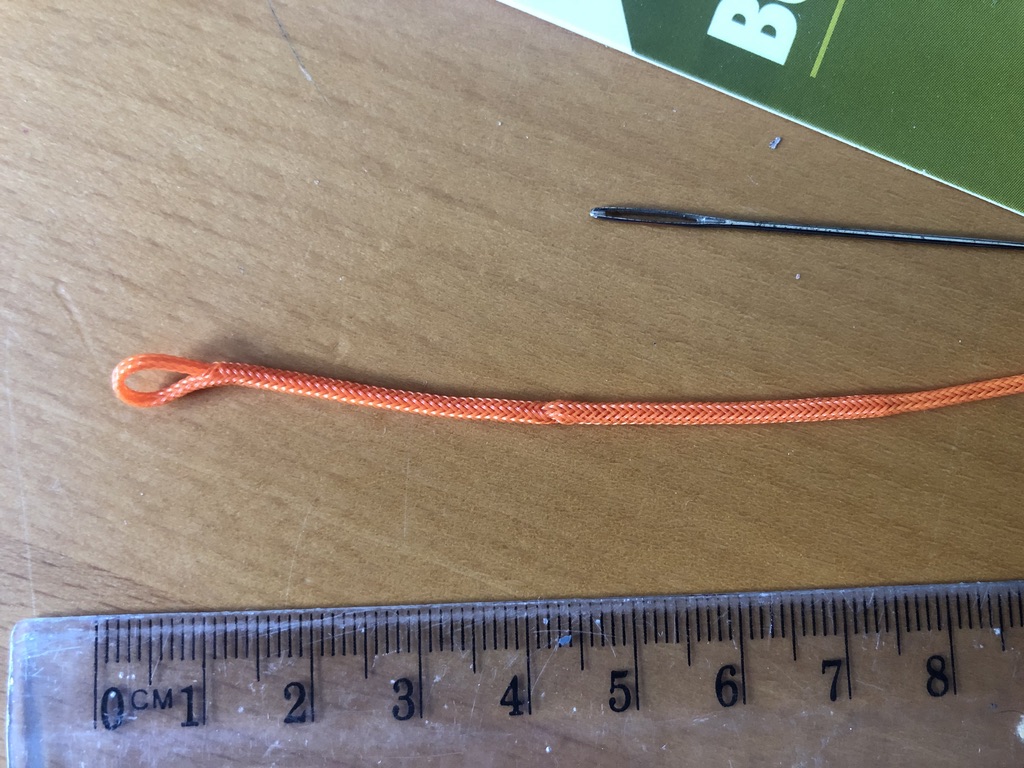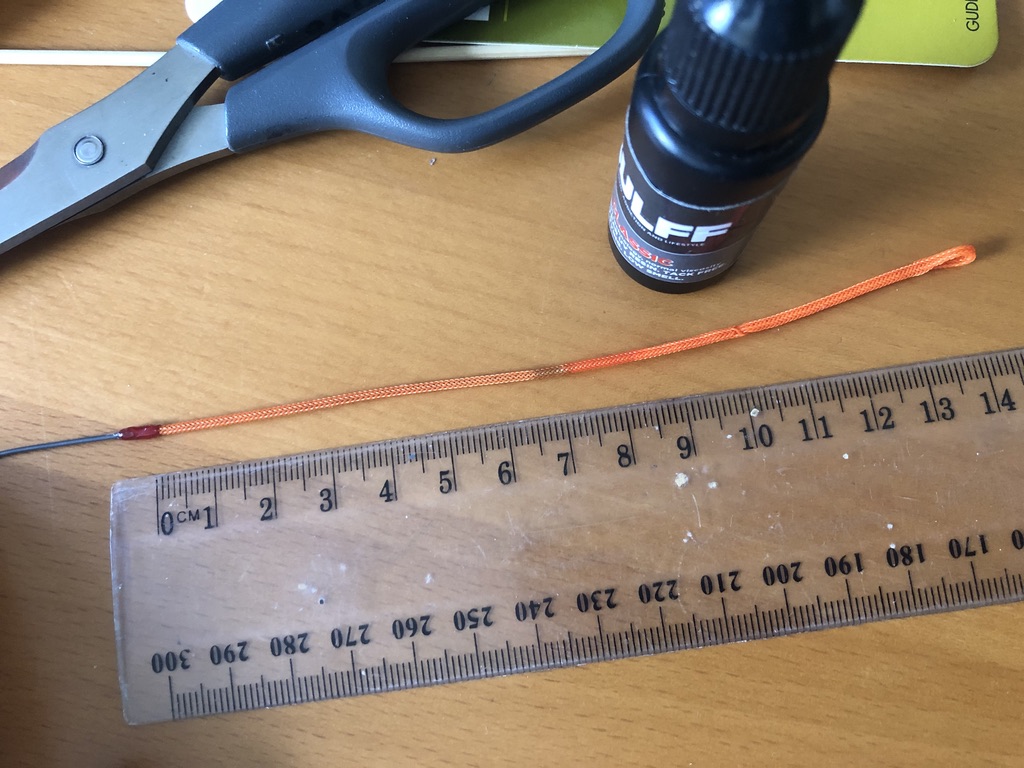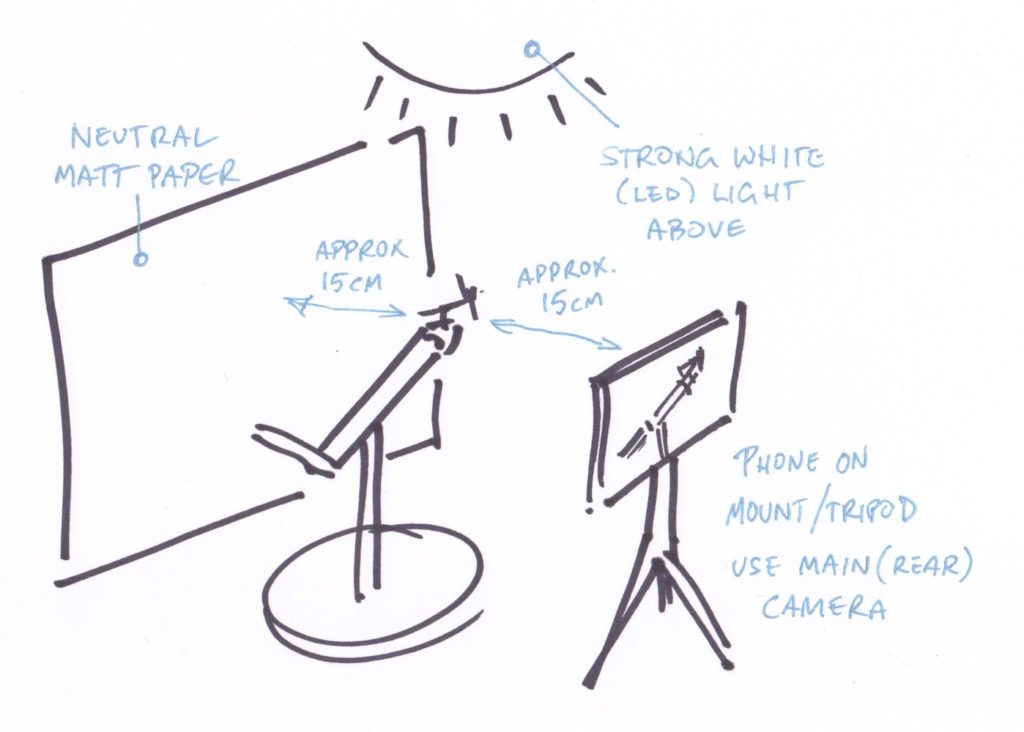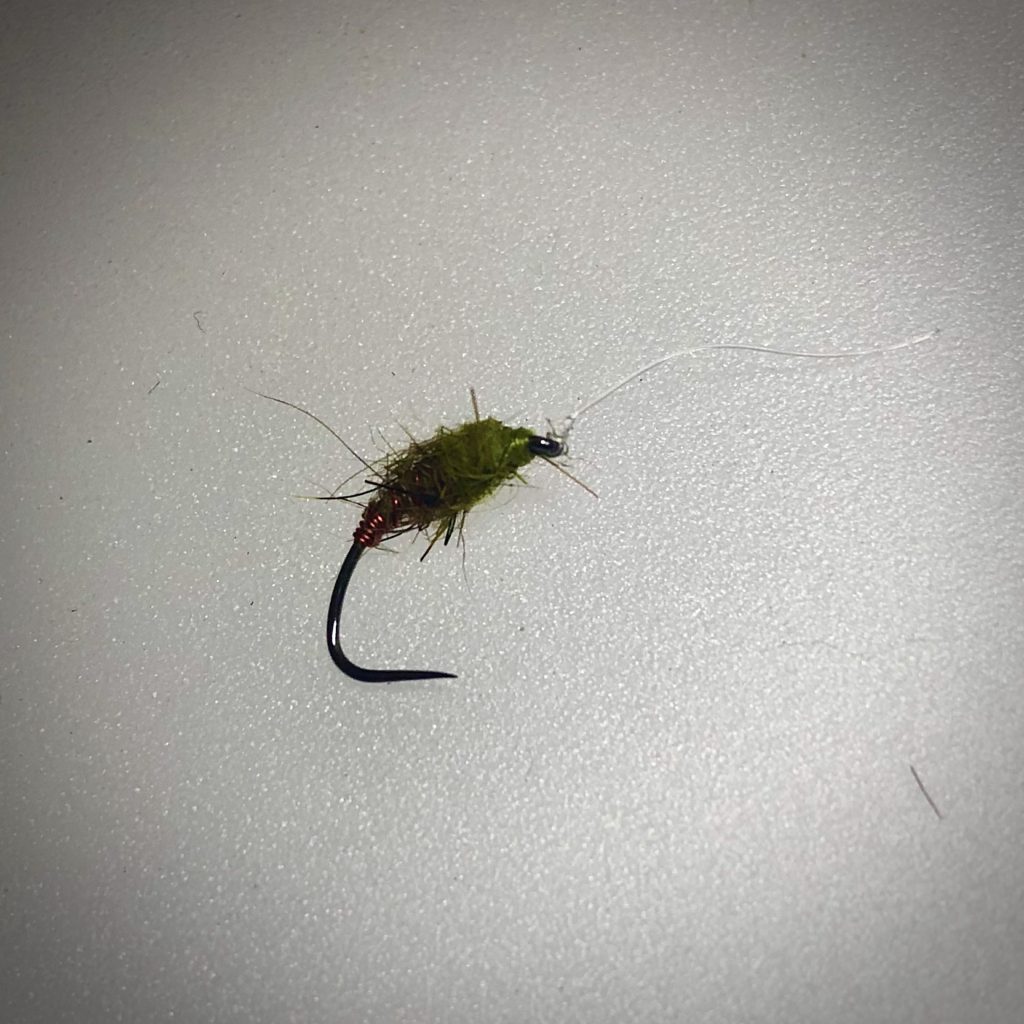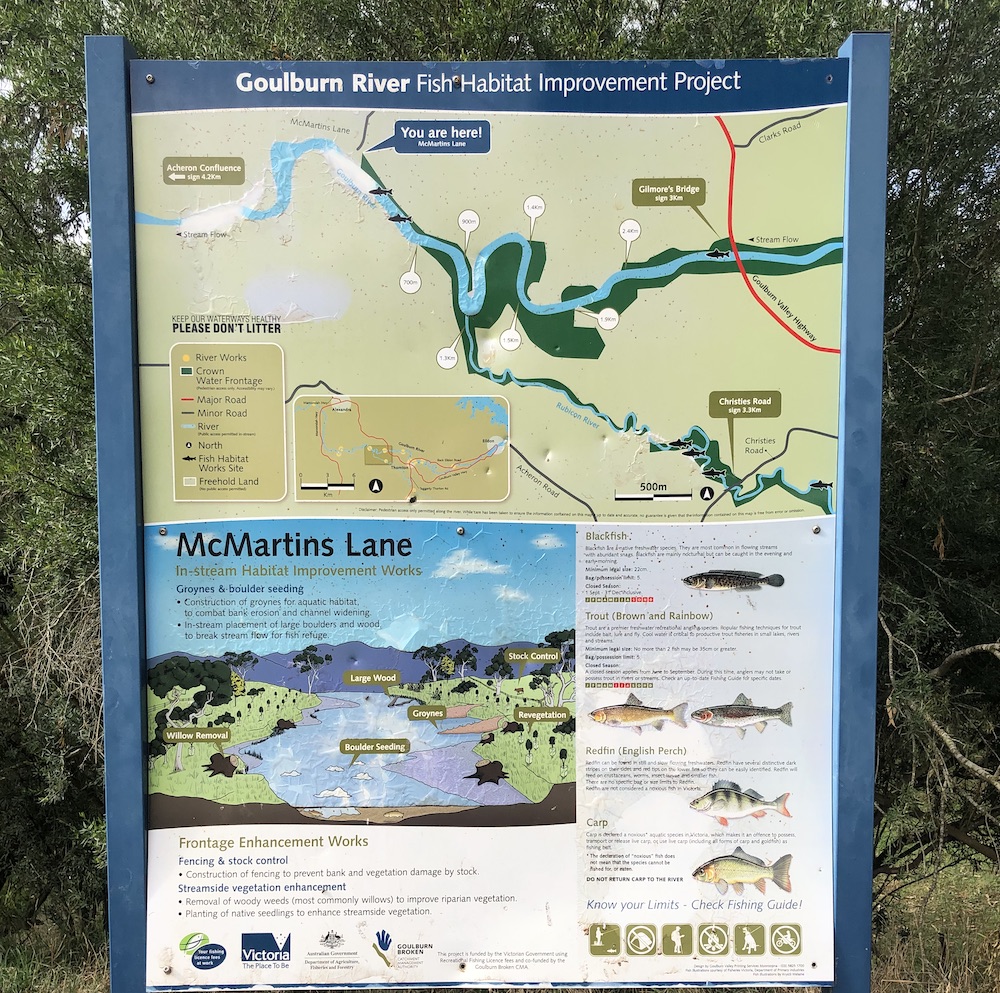So, the Flyfisher reckon they’ve tested wading staffs – even claiming they tasted the best wading staffs! – sorry, they got it wrong. As someone who’s used these for years, I’m going to offer a few pointers.
Firstly, yes, wading staffs are life changing if you spend a lot of time on our rivers. Slippery rocks, steep banks, strong currents, and fallen logs, are all made easier with that extra bit of stability. They’re also great for pushing long grass aside when you don’t quite know what might be hidden there, and for holding those evil blackberry branches back while you squeeze through a gap, and for knocking a fly out of a pesky overhanging branch!
So, the Flyfisher tested a few of the name (and I’d argue, overpriced) brands, but there are other options. Top of the list, I’d out the Speedline Wading Staff from Rod & Fly. Note that the price is currently around one fifth of those on the Flyfisher review. Yes, it’s arguably not of the same quality, but I got 5 years out of my first one, and am two years into my second. They’re good value, sturdy, and very comfortable. Hurley’s have them too, but you’ll see that the Stalker name somehow doubles the price!
I recently competed in the High Country Flyathlon, and knew I’d need a staff, but also knew that my Speedline wasn’t quite right for the job. A little too heavy, and too long for a running pole, so I set about finding the ‘perfect’ running/hiking/wading staff, and am pleased to report that I reckon we have a winner.
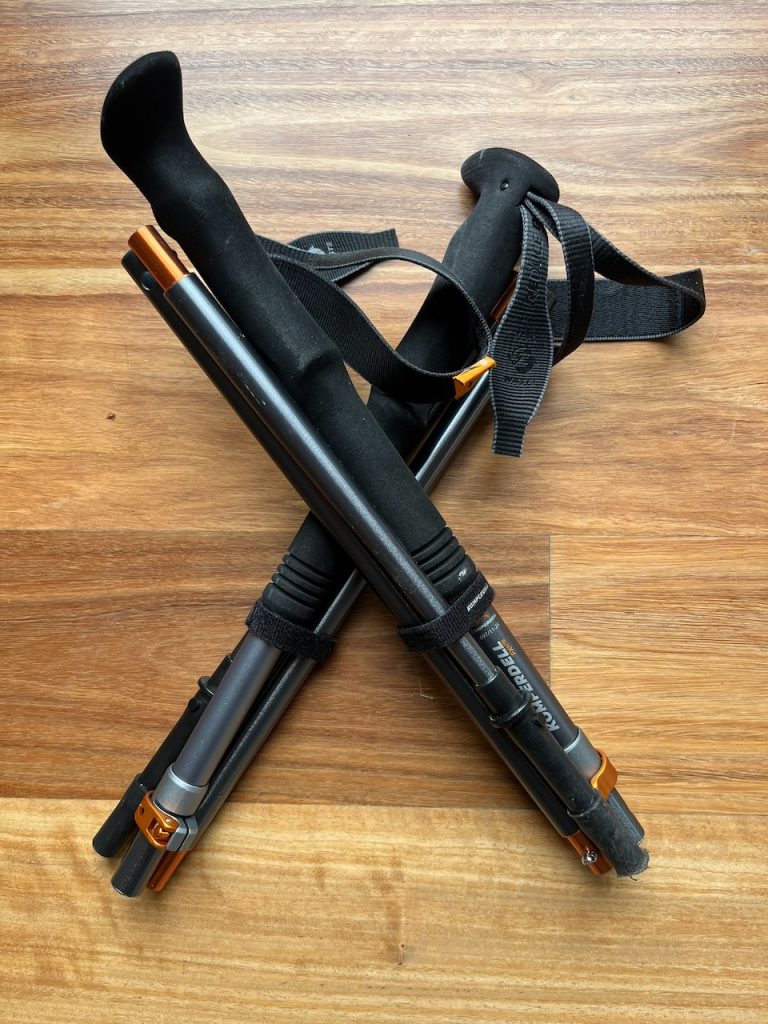
I settled on the Komperdell FXLite hiking pole, and here’s why I reckon it’s close to perfect.
- Light. Very light!
- Strong. The joins are well reinforced and the pole has relatively little taper, so it’s strong all the way down.
- Smooth. No clips, or toggles on the lower parts to catch your line.
- Easy to use. Spring loaded, so it pops open quite easily – all the wading staffs have this ability, but the Komperdell goes one better… each of the spring loaded ferrules has a push button lock. This actually adds a small step, but it’s worth it. All the other staffs rely on the spring tension to hold it all together, trouble is, one day that spring tension will fail. You’ll almost certainly be five k up a rocky river, and suddenly your staff is like a stick of wet spaghetti. You don’t want that.
- Quality. This is one of Europe’s leading brands of pole. You don’t get tougher testing grounds than that.
- Support. They have a good warranty, and loads of support, as well as relatively cheap replacement spares – tips etc. are easy to buy and replace.
- 2 for 1. Yes, for the same price as your name fishing brands, you get two staffs. Get out on the water with one, and stick the other in the cupboard for later – or share the purchase with a pal.
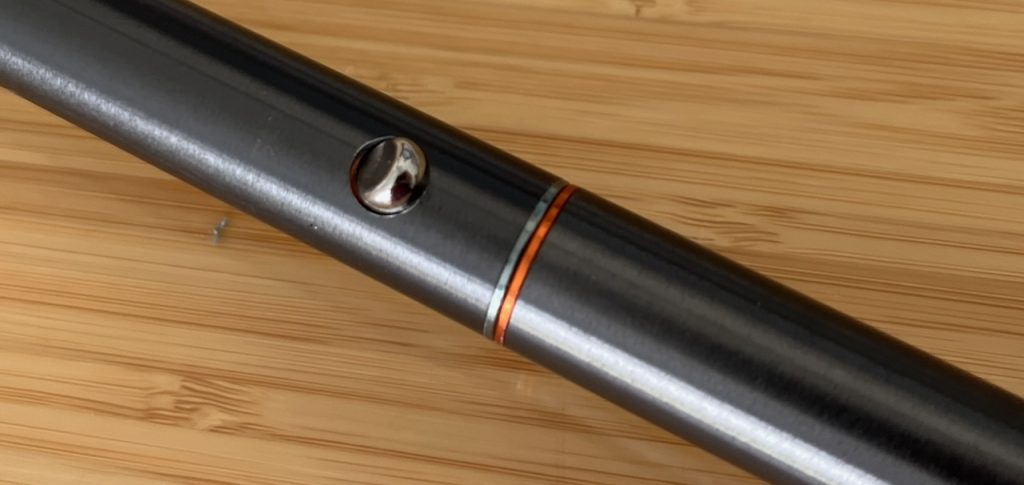
The only downside from a fisherman’s point of view is the lack of a holster, but they’re not complex. You may have an old one, or you can go full lightweight and look up ‘running pole quiver‘. You’ll also need to add a tether, so you don’t lose it midstream. Get one with magnets like a landing net, so that you can clip it up close to your waist rather than letting it drag.
That’s it! I’m sure the three reviewed by Flyfisher are very good, but I just had to point out, there are some attractive alternatives.
